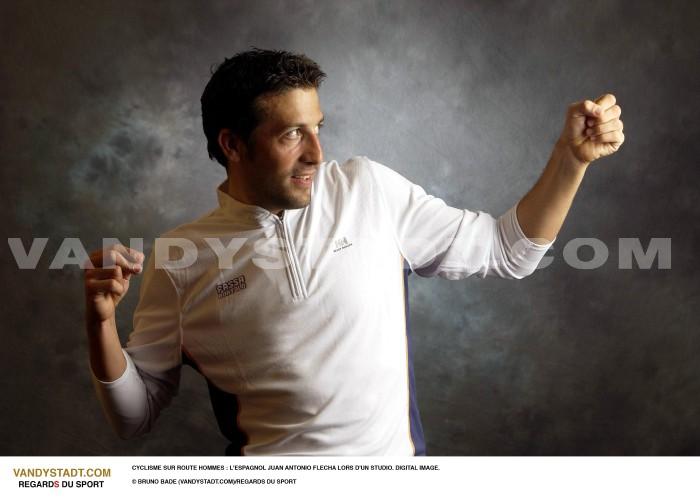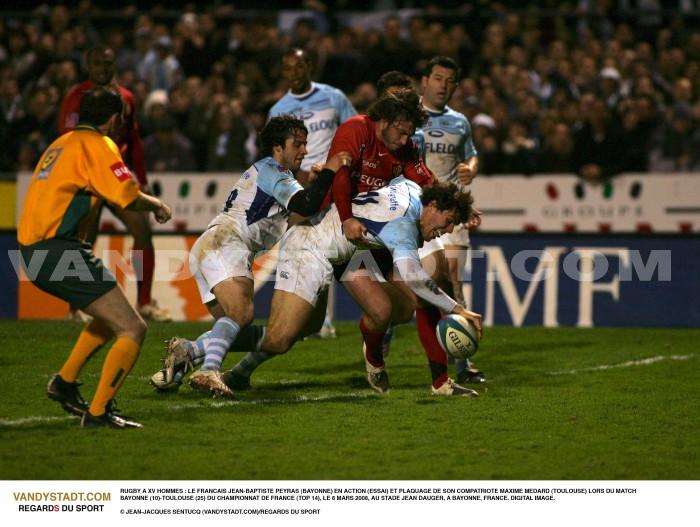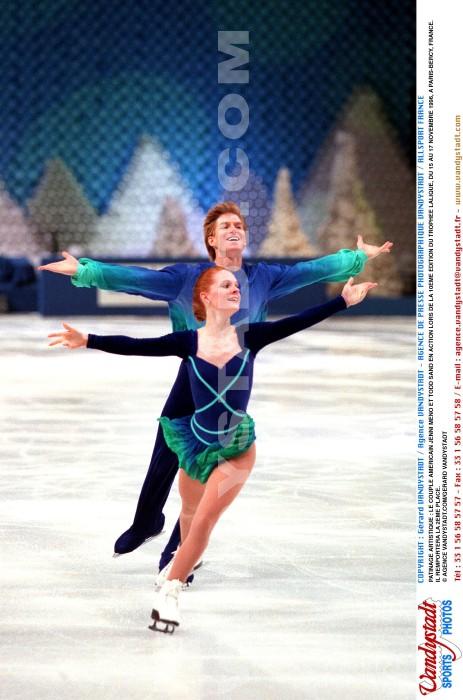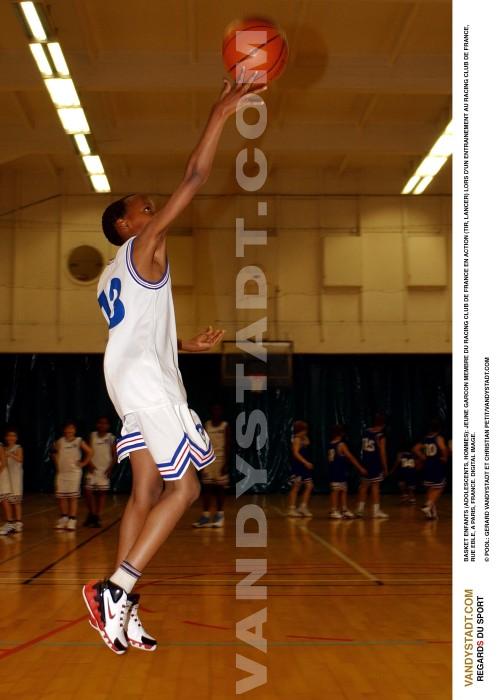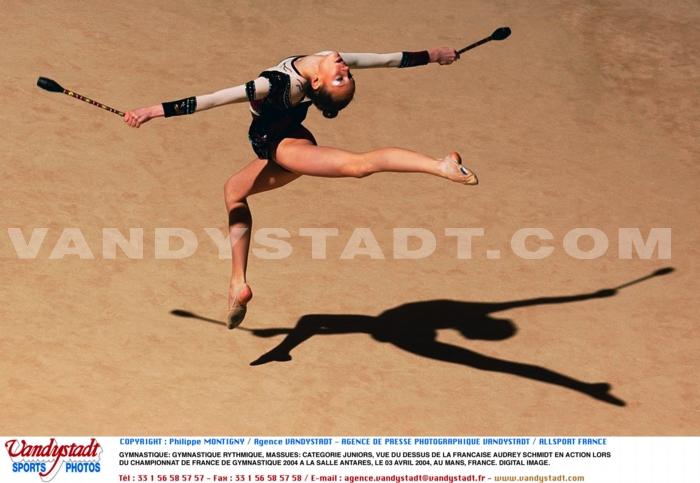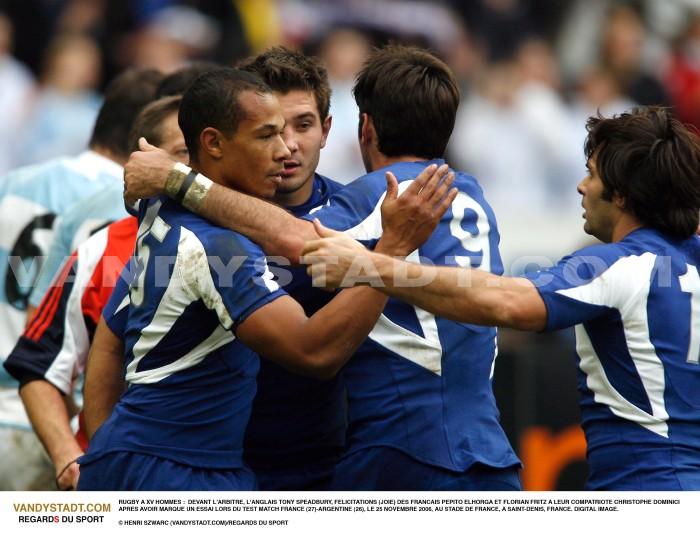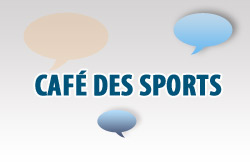Ski freestyle - Freestyle Skiing history
Freestyle (or freestyle)- Olympic Sports
![]()
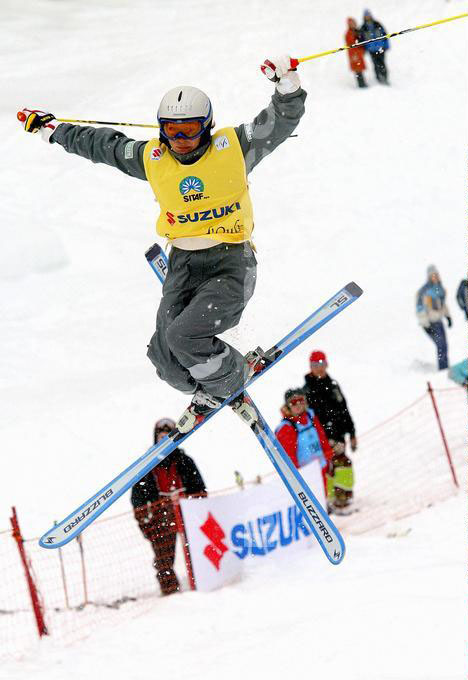
History
Freestyle skiing is a mix of alpine skiing and acrobatics. Skiers have invented tricks and jumps like tendrils, made the eagle, the iron cross and the helicopter.
Freestyle skiing was born in the United States in the 60s. But first ... .. in 1905, the Austrian Mathias Zdarsky gymnast performs steps on skis like a ballet, and in 1952 the Norwegian Stein Eriksen performs tricks in the air from a springboard of snow. Between 1930 and 1940, already, the Norwegians practiced a form of freestyle skiing as part of their training to compete in cross country skiing and ski alpin.Le "hot dog", a mix of downhill moguls, aerials and ballet , a real sport "fun", was born in the 60s in the United States, California especially, in the form of exhibitions. Among the precursors, Americans John Johnston, Michel Daigle and Darryl Bowie.
The first competition in Europe took place in 1972 Bayrischell Germany. The first World Cup races with 9 (6 U.S. and 3 in Europe) was organized in 1980. Since it takes place every year. The first world championships were held in Tignes in 1986. In the 70s, there are 3 disciplines: Acroski (ballet before 1997), the aerials and moguls.
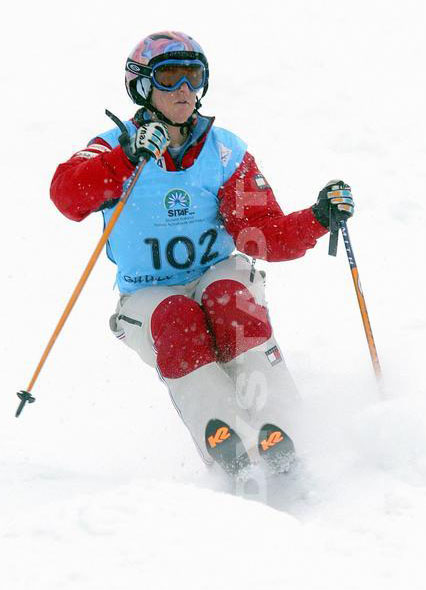
Freestyle skiing and Olympism
Demonstration sport at the Calgary Games in 1988 (Figures air), the mogul was added in 1992 in Albertville and jumping in 1994 in Lillehammer.
Disciplines
Bumps (moguls)

Very dramatic, the moguls is to descend a slope of 27 to 35 degrees, long 200 to 280 meters, dotted with snow bumps (an average of 50 bumps on a track official about 205 m) and a few stepping stones jump. The assessment is timed double the estimate of a jury noting the technical expertise (quality of turns, speed) and the value jumps (height) and figures. The final grade depends for 50% of style, for 25% and jumps to 25% speed. In OJ there is a playoff round in a single pass, followed by a final one pass (20 athletes in women and among men), during which everyone rushes in reverse order of rank obtained After the qualifying round. The athlete who gets the highest score in the final wins.
The nickname of the moguls skiers are "hot-dogger.
The Freestyle skis are shorter than the size of the athletes that allows for improved control on the sharp bend of the springboard and make the figures aerial fraction of a second.
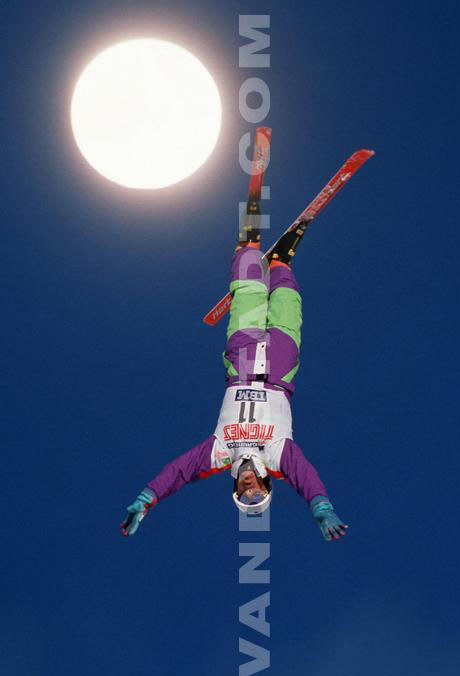
Jumping
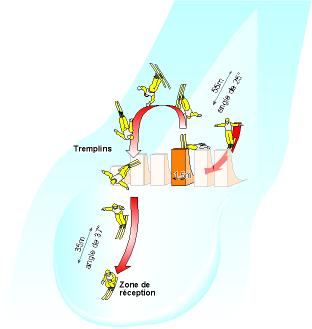
The jump is similar to freestyle trampoline or gymnastics. For the jump, the skier must complete sets of figures chained (mainly saltos and twists), springing on diving boards (12 m in height). Picking up speed, performance, altitude air, the difficulty and the combination of the jump and the ground receiver play a role in the trial. Each figure has a coefficient of difficulty.
The average speed at which the athletes arrive on the platform is 60 km / h.
In OJ there is a qualifying round with two jumps, then a final two jumps well. The combined score of two jumps of the qualifying round is critical to participate in the final (12 athletes in women and among men). The scores of the qualifying round are not taken into account in the final.
Since 2003 with the introduction of saltos, wearing helmets is mandatory!
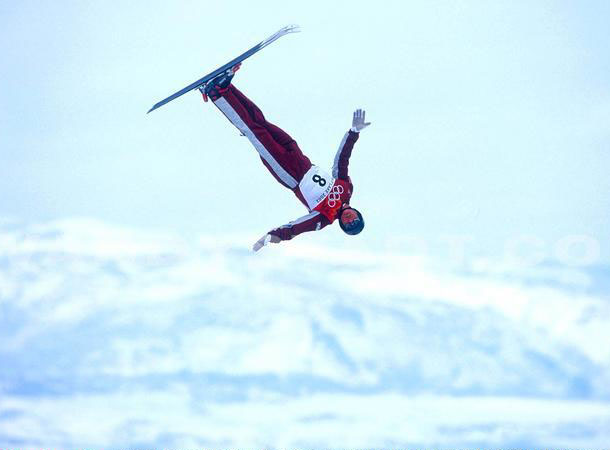
Ski-cross
Inspired boardercross snowboard, ski-cross was born in the 90s in the United States. Four skiers rushed to a runway of about 1500 meters interspersed turns, stepping stones and small bumps (whoops). The formula is identical to the cross boarder with skills against the clock followed by playoff games as four against four to the finals: a classification (places 5 to 8) and another for victory (places 1 to 4 ). The shoulder shots are allowed. It uses giant slalom skis (from 190 to 192 cm). This spectacular sport is on the agenda of the X Games since 1998. There are world championships and a WorldCup. The Ski-cross is also an Olympic sport at the Olympic Games in Vancouver in 2010.
Acroski
The Acroski (formerly known as "ballet"), compared with figure skating, is to perform a musical rhythm program freestyle (jumps and spins) in which pressing the sticks are allowed. It uses very short skis on a slope of small inclination. The final score depends on the technical and artistic expression.
Slopestyle
Each competitor runs down a track embellished with tremplons and performing jumps rails and figures, rated by judges.
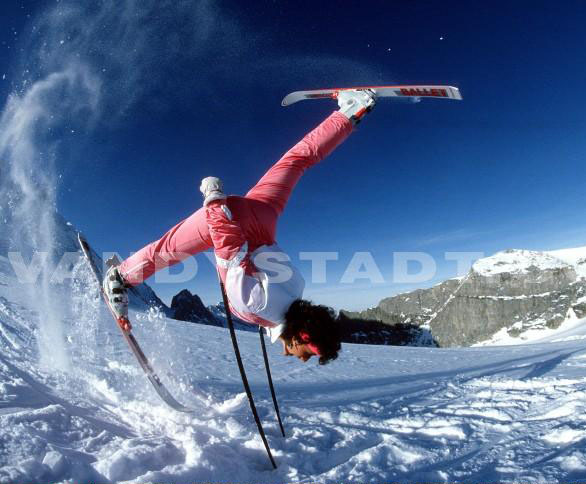
Glossary
Axel Within: jump with a call up with a leg crosses the other takeoff and that unfolds before approval.
Axel Outside: jump with legs V takeoff, then consolidated before approval.
Big Air: Figures flown from a springboard into snow.
Carrousel: balancing on sticks with 360 ° rotation.
Daigle banger: the wheel (like in gym) carried on sticks and possibly a hand on the snow.
Fakie: skiing backwards
Front flip: front somersault.
Lincoln Loop: rotation on the side.
Misty: front somersault off-center.
Position jump: jump to change direction with or without skis crossed.
Rock and roll: mounted on poles swaying, then balance before tumbling.
Salto: somersault.
Trick: Figure
Moguls / Moguls:
Back scratcher: the heel of the ski touches the back with knees bent under the body. The shoulders and hips back to avoid tip forward.
Daffy: the splits with her legs drawn up, one front and one behind. Spatula before upwards, back down.
Double upright two figures combined in a single jump.
Helicopter: 360 ° swivel stand is in the air.
Triple upright three figures combined in a single jump.
Kosak: the splits with her legs drawn up, one right and one left.
Twist the skis to turn 90 degrees to one side of the body, hands and torso turning to the other side.
Some hops:
Back-flip: back somersault
Full back: back somersault twisted.
Full-full-full, three back somersaults with a twist at every jump.
Full-double full-full, three back somersaults and twists four including a double in the second jump (one of the most dangerous).
Lay full-full, three back somersaults and two twists.
One of the most spectacular jumps in freestyle is triple back somersault with five twists! With this figure, the Czech Ales Valenta won the Olympic title in 2002 in Salt Lake City.
Equipment
Bosses
Holding: Because the control knee is essentially the color of the brace is often different from the color combination, which allows judges to focus their attention on the technical skill of the skier.
Skis: Skis are shorter than those in alpine skiing. Their average length is 185 cm for men and 175 cm for women.
Sticks: Used by the athlete to accelerate, make turns and balance.
Aerials
Skis: Skis are light and usually shorter than the skier to control the tight curve ramps and perform specific maneuvers in the air.
Boots: In jumps, conventional boots are specifically adjusted to allow for gain taking off strong, good shape and a perfect landing.
General
Combinations: Combinations with bumps and jumps are chosen by the teams and provide freedom of movement and sensitivity function.
The helmet: hard plastic protection to avoid possible head injuries.
Copyright Sportquick/Promedi








